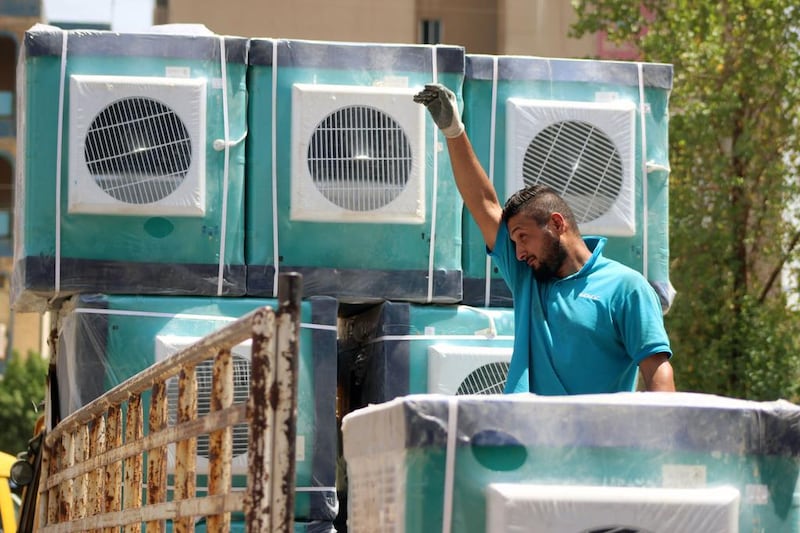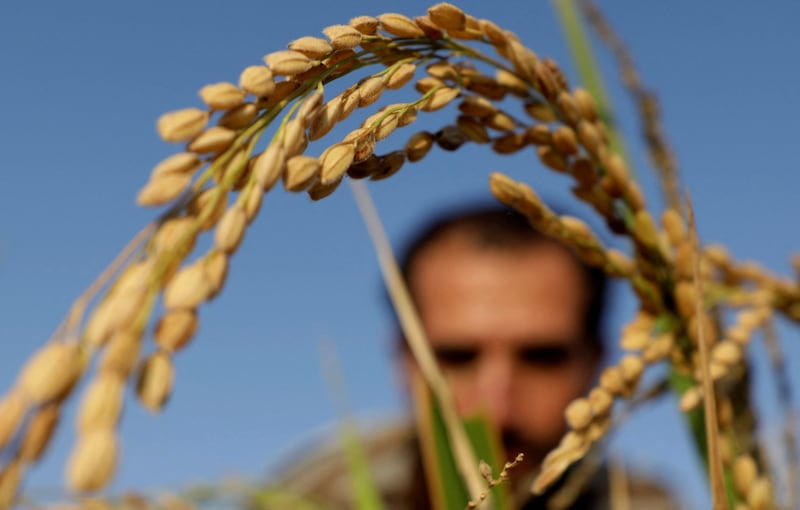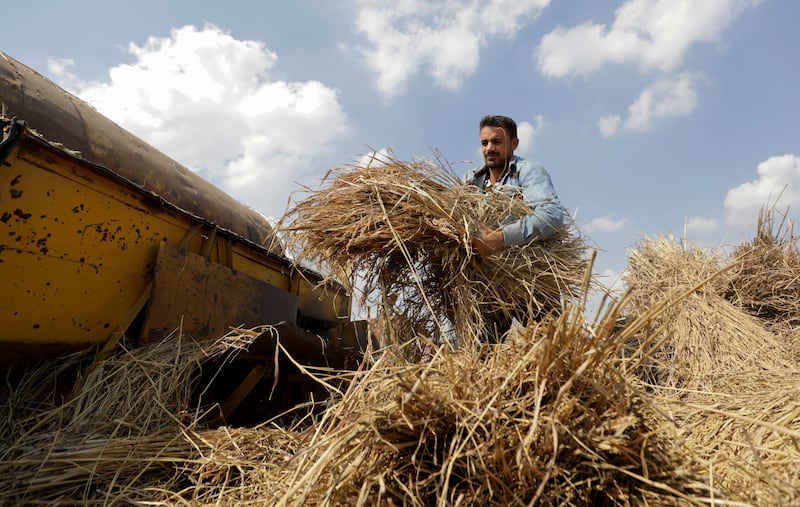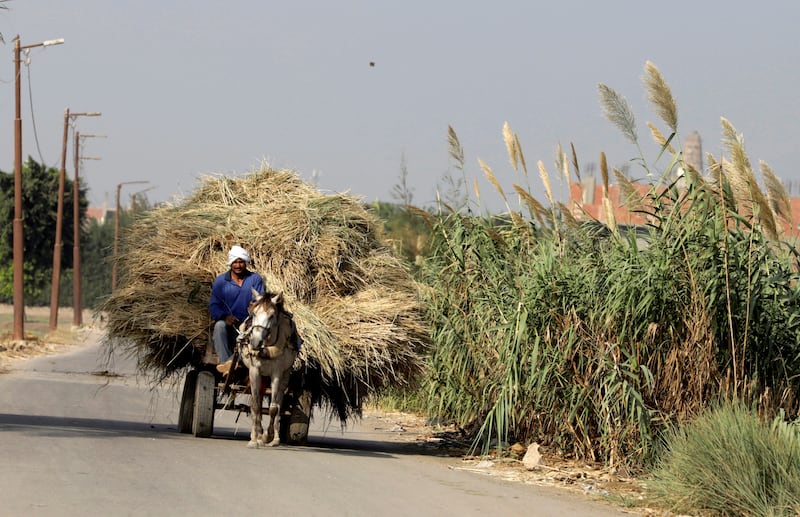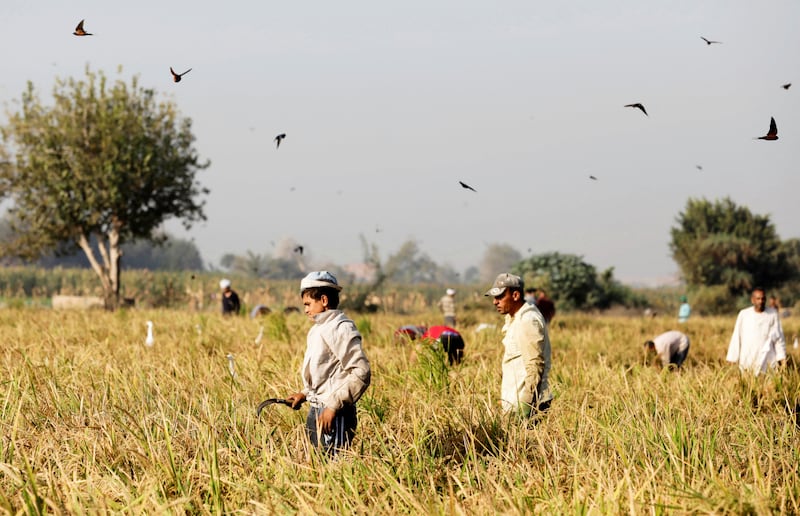Temperature increases over the Arabian Peninsula prompted by climate change may not be as steep as some forecasts, a study shows.
The research, based on the latest satellite data, indicates that some climate models may use overestimates of carbon dioxide concentrations when calculating temperature rises.
However, the new finding do not dispute that temperatures will continue to rise, and experts have warned that effects from climate change are already being felt in the region.
One of the authors of the new study, Diana Francis, an assistant professor who heads the Environmental and Geophysical Sciences (Engeos) laboratory at Khalifa University in Abu Dhabi, said the study used “state-of-the-art observations” of carbon dioxide concentrations in the atmosphere. These, she said, were not available when the inputs for climate models were developed.

“We found that the concentrations of CO2 were overestimated by 10 ppmv [parts per million by volume] in 2022, which could correspond to an overestimation of temperature increase,” she added.
The paper, co-written by Ricardo Fonseca, also of the Engeos laboratory, stated that this overestimation “can lead to an over-prediction of the projected increase in temperature in the region”, adding that this “needs to be investigated further”.
A 2022 study by 21 scientists across the Middle East and Europe, including Ms Francis, forecast that temperature increases up to now in the region, of about 0.45°C per decade, were set to continue.
Ms Francis said that because of the complex nature of the relationship between carbon dioxide levels and temperature, it was not possible from the latest study to estimate forthcoming temperature increases.
Accurate data is key
She added that there was a lack of ground-based observations of carbon dioxide levels in the Middle East, which had, until this latest satellite data became available, made it difficult to check the data used as inputs in climate models.
“This stresses the importance of having a good network of in-situ observations for greenhouse gases in general and CO2 in particular, so the numbers given to climate models are more accurate,” she said.
“Unfortunately, this is still missing in the UAE and the Middle East; the only source of data for now are satellite observations, the ones we used in our study.”
The study, which is titled Satellite-derived trends and variability of CO2 concentrations in the Middle East during 2014-2023, will be published in Frontiers in Environmental Sciences.
It uses data from the Orbiting Carbon Observatory 2 (OCO-2), a Nasa satellite launched in 2014 to show where carbon dioxide comes from and is stored, so that scientists can better understand its climate change input. The satellite makes about 100,000 measurements per day.
Researchers also analysed data from Orbiting Carbon Observatory 3, which was crafted from spare equipment from OCO-2. Launched in 2019, OCO-3 is attached to the International Space Station.
Concern over C02 surge
Data from 2015 to 2022 indicates that carbon dioxide concentrations in the Middle East are increasing by about 2.50 ppmv per year. Ms Francis said that this was significantly above the global average of about 2.13ppm.
According to the US government’s National Oceanic and Atmospheric Administration, the concentration of the gas in the atmosphere in preindustrial times, before humans began releasing vast quantities of carbon dioxide into the atmosphere by burning fossil fuels, was about 280 ppmv, but it is now above 420ppmv.
Prof Niklas Hoehne, founder of the NewClimate Institute for Climate Policy and Global Sustainability in Germany, who was not connected with the new study, said that climate change impacts were “already drastic in the Middle East”.
“It’s a region with limited water resources and very high temperatures,” he added. “We’ve seen in the last year peak temperatures of 50°C. In the long run, if temperatures are rising, the times the temperatures are above 50 °C [will increase].
“It really makes it a very difficult place to live or to live without a lot of energy – a lot of air conditioning and water desalination. It’s already a difficult situation and it will only get worse because of climate change.”
Stark impact of climate change
The hottest weather in the Middle East is already “quite devastating” for those working outside, said Phillip Williamson, an honorary associate professor in the School of Environmental Sciences at the University of East Anglia in the UK.
“If critical temperatures increase a couple of degrees in one part of the world, it might have more impact than if it increases in other parts,” he said.
The new paper also indicates that carbon dioxide levels in the Middle East peak in the spring and are at their lowest in the autumn.
“This is related to the vegetation cycle in the Northern Hemisphere, where carbon dioxide in the atmosphere decreases during the growing season and increases during the rest of the year, which leads to maximum build-up in spring before photosynthesis begins to take over again,” Ms Francis said.
Aside from this general trend, the research revealed that there is a peak in carbon dioxide levels over the north-eastern part of the UAE and southern Iran in the summer.
This develops, Ms Francis said, mainly because of an increase in emissions in the surroundings areas from facilities such as power plants, desalination plants and oil and gas facilities.
The atmospheric circulation during this part of the year then tends to accumulate the emissions over the north-eastern UAE and southern Iran.
The European Space Agency has a major carbon dioxide monitoring programme that should provide researchers with a wealth of valuable data, with the first satellite linked to the initiative due for launch in 2025.
